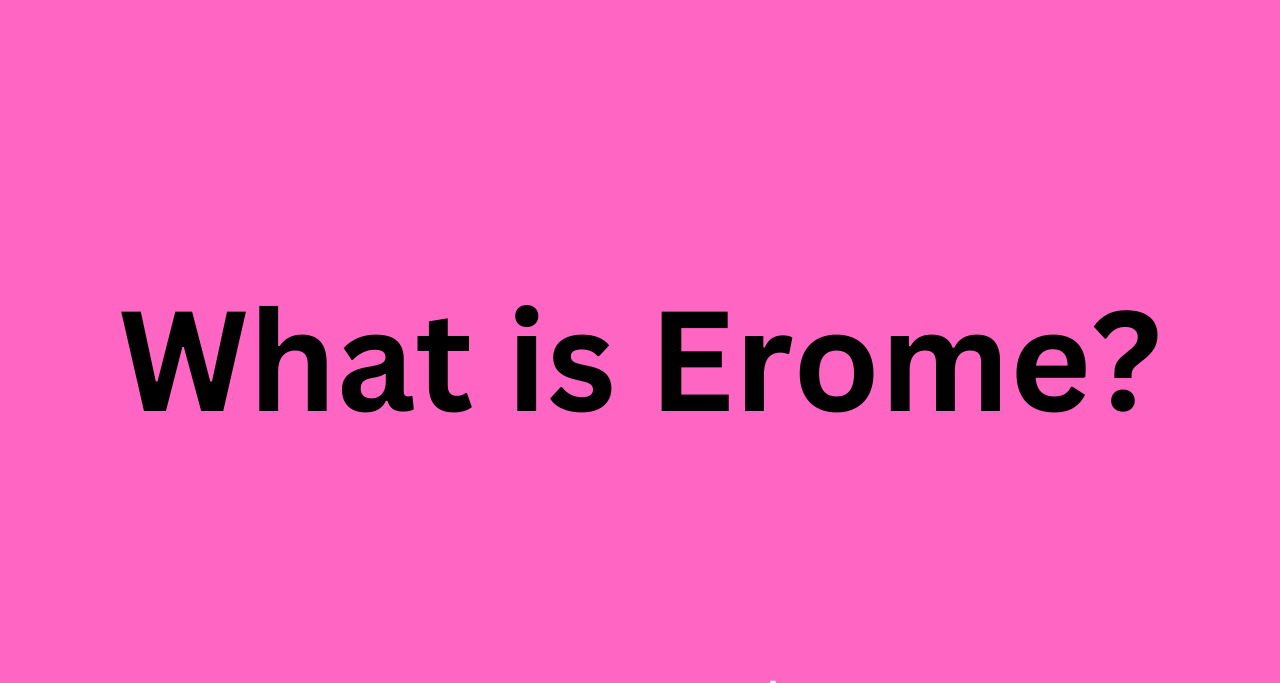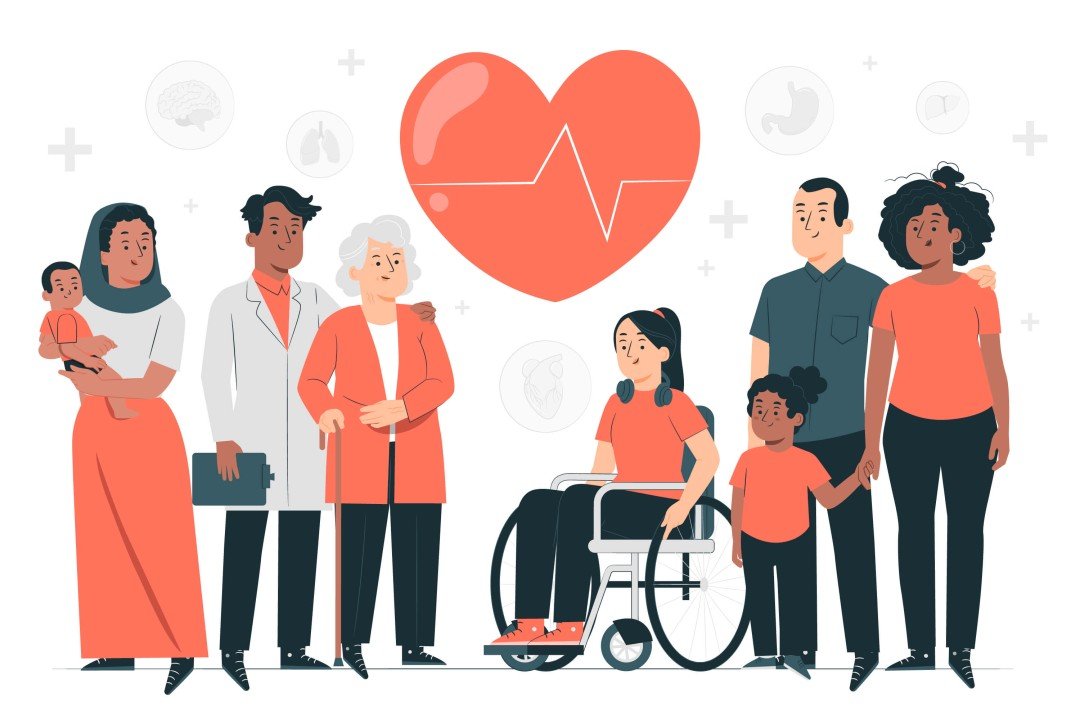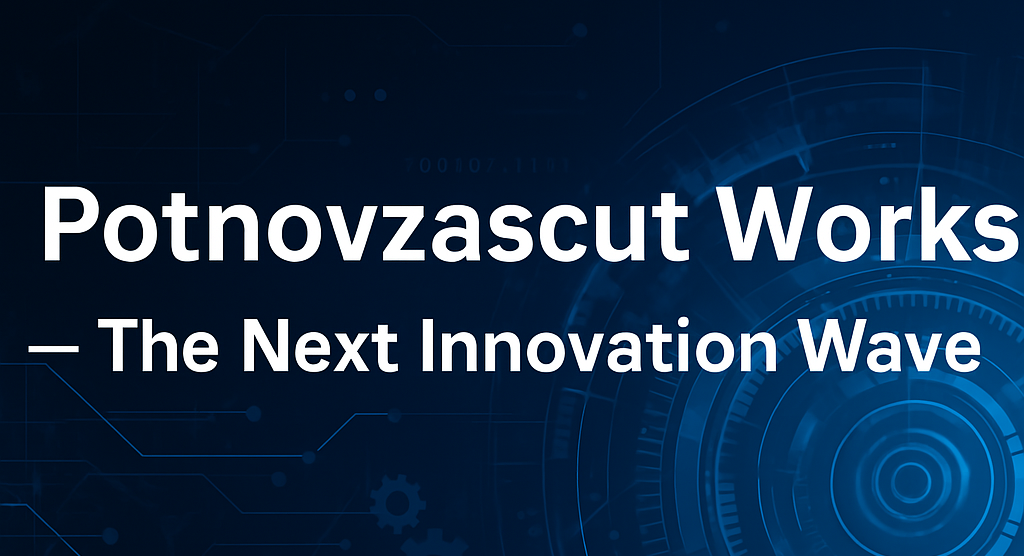Education has been established as a fundamental human right globally, acknowledged as pivotal for unlocking each individual’s potential and advancing social progression. However, not everyone has equal access to learning. Education equality focuses on providing fair opportunities for all persons, regardless of their history, to access quality instruction. This article will explore the meaning of education equality, why it is important, the obstacles to attaining it, and the steps necessary to build a more just educational system worldwide.
Defining Education Equality

Essentially, education equality refers to offering equal admission to learning for all individuals, irrespective of socioeconomic status, gender, race, disability, or location. It exceeds merely supplying identical resources to every student—it emphasizes satisfying each student’s specific needs to ensure everyone has equal chances to succeed. This can involve furnishing extra assistance to disadvantaged groups, adapting curriculums, or allocating resources where most needed.
The idea of education equity is often confused with educational equality. Whereas both aim to pursue fairness in education, equity is more about addressing the varying levels of backing and resources each student necessitates. In contrast, equality concentrates on treating every student identically. Real equality in education demands removing systemic barriers that create disparities in educational outcomes.
The Importance of Education Equality
Education forms the foundation of a well-off and progressive society. Without education equality, many individuals are left without the skills and knowledge required to fully participate in their communities, leading to a cycle of poverty and inequality that is difficult to break.
Here are some of the key reasons why education equality is essential:
1. Promoting Social Mobility
One of the primary goals of education equality is to promote social mobility. When disadvantaged students access high-quality education equivalent to their more fortunate upper class, they are better positioned to enhance their financial situation. Education wields the power to transform lives, granting individuals the skills and opportunities to escape poverty.
2. Lessening Inequality in Other Areas
In the absence of education equality, the gap between the rich and poor expands exponentially, rendering it difficult for those in lower socioeconomic classes to access the opportunities that education affords. Reducing inequality in other domains is another potential benefit of education equality.
In numerous nations, girls are less likely to attend school due to cultural standards, safety issues, or economic factors. Addressing such obstacles and ensuring that girls have equivalent educational prospects as boys can advance gender equality, ending in more balanced participation in the workforce and decision-making roles.
Cultural and national inequalities may also be mitigated through education. Balanced access to high-quality education helps level the playing field for disregarded communities, enabling them to achieve improved employment outcomes, enhanced health, and greater political representation.
3. Constructing Stronger Economies
 Education equality has a direct impact on a nation’s economic progress. With all access to education, more people can contribute meaningfully to the labor force. Skilled workers are crucial for economic growth, innovation, and competitiveness. Countries with higher levels of education equality tend to possess stronger, more stable economies.
Education equality has a direct impact on a nation’s economic progress. With all access to education, more people can contribute meaningfully to the labor force. Skilled workers are crucial for economic growth, innovation, and competitiveness. Countries with higher levels of education equality tend to possess stronger, more stable economies.
While equitable education has obvious social benefits, achieving it remains an immense challenge in many nations. By addressing inequalities at their source, governments can cultivate a stronger and innovative economy where all people can bloom.
4. Raising Comprehensive Society
Education is the great equalizer, ensuring individuals of every background feel empowered and prepared to contribute according to their skills. A system that cherishes each person’s potential breaks down prejudices and raises understanding across divisions.
Moreover, inclusive learning cultivates empathy and social responsibility, principles that strengthen communities. However, building this ideal requires overcoming substantial hurdles, especially from a lack of resources.
Barriers to Achieving Education Equality
Even with its importance, education equality is still far from being a reality in many parts of the world. Several barriers stand in the way of reaching a truly equal education system. Understanding these hurdles is crucial for developing strategies to overcome them.
1. Socioeconomic Differences
The clearest obstacle lies in economic inequality. Children in poverty face disproportionate struggles, from lack of funding and materials to pressures that limit school time. Regions suffering similar disadvantages need help matching resource-rich areas regarding teaching quality and infrastructure. Until these socioeconomic inequities are remedied at their foundation, equal opportunity will remain beyond reach.
2. Gender Discrimination
In numerous societies, females face significant obstacles to instruction due to cultural standards, safety worries, or inequitable rules. Gender discrimination in education is particularly dominant in rural areas, where girls are sometimes kept at home to carry out household duties or married off at a young age. This sustains the cycle of poverty and inequality, as ladies without instruction are less likely to locate gainful employment or participate in decision-making roles.
Even in more developed nations, gender dispositions can restrict possibilities for girls in certain fields, like science, technology, engineering, and mathematics (STEM). Promoting education equality necessitates addressing these cultural and institutional biases to ensure that girls have equivalent chances as boys. In addition to ensuring that ladies have equal access to resources, training must tackle deep-rooted social attitudes towards ladies and girls. Knowledge equips ladies with the self-assurance and skills to pursue their objectives and participate meaningfully in modern society.
3. Disability and Special Needs
Disabled students are frequently marginalized in mainstream education systems. Numerous schools lack the resources and experienced staff to support these learners effectively. Inadequate physical infrastructure like wheelchair access or adapted classrooms can also prohibit disabled learners from attending.
Inclusive models catering to diverse requirements are crucial for equitable education. However, implementing these demands heavy investment in teacher preparation, specialized tools, and adaptive technologies.
4. Geographic Inequities
In rural or remote regions, accessing education is often unnatural because of insufficient schools, transportation, and materials. Learners in such areas may need to travel long distances each day, which can discourage attendance. Moreover, rural institutions need more funding and instructors, resulting in lower-quality lessons.
The urban-rural gap is a persistent challenge for educational fairness, as city children usually benefit from enhanced resources, extracurricular opportunities, and higher-caliber educators. Bridging this requires targeted spending in rural education and innovative solutions like mobile classrooms or digital platforms.
Pathways toward Achieving Educational Equality

Addressing barriers to educational equity necessitates a comprehensive and multifaceted approach. Governments, educators, and communities must collaborate to construct an inclusive system serving all learners equally.
1. Investment in Educational Substructure
Massive investments must fund educational infrastructure to accomplish educational equity, especially in underfunded regions. This involves constructing new schools, renovating existing facilities, and guaranteeing schools possess required materials like textbooks, technology, and learning resources.
Investments in teacher training must ensure educators are equipped to teach diverse groups of students and adapt instruction for different learning profiles. Teacher pay and benefits also require attention to attract and retain high-quality instructors, especially in underserved communities.
2. Broad Curriculum and Teaching Methods
Creating an inclusive school environment necessitates a curriculum reflecting students’ varied backgrounds and experiences. Schools should adopt dynamic teaching approaches that accommodate multiple intelligences and capacities. For instance, incorporating hands-on projects, digital tools, and cooperative assignments can engage learners with various biases.
3. Policy Changes to Address Discrimination
Those with disabilities warrant special consideration to guarantee schools have resources and personnel for customized support. This may involve specialized classes, adaptive technologies, or physical modifications. Policy aimed at dismantling systemic obstacles preventing girls, disabled individuals, and marginalized populations from accessing education is also critical.
For example, initiatives like scholarships for females or STEM programs broadening female participation can promote gender parity in schooling. Laws safeguarding students with disabilities and ensuring their complete incorporation are equally crucial for achieving educational equality.
4. Leveraging Technology for Equal Access

Technology can help bridge disparities between urban and rural instruction or address resource deficiencies by facilitating equal access. Digital learning platforms, online courses, and mobile apps allow remote students to obtain quality education without physical infrastructure.
Furthermore, the rapid advancements in educational technologies can help support diverse learning needs, allowing each student to progress according to their preferences and capabilities. However, not all have access to these tools. Governments and charities must work to expand internet availability and provide devices to needy youths, ensuring technological progress benefits everyone.
Conclusion
Equality in education is a dilemma affecting individuals and communities alike. Without equitable learning opportunities, social mobility diminishes, and financial differences deepen over time. While developments have been significant in recent generations, much remains to be accomplished so all may succeed based on motivations, not origins.
By confronting obstacles, investing in infrastructure tailored for technology-enabled learning, and embracing adaptive teaching approaches sensitive to varied learning styles, we draw nearer to achieving a balanced education. But this is more than a matter of fairness—it is an investment in our collective future, as education can reshape lives, short-term inclusion across differences, and drive economic growth for all in society.
























